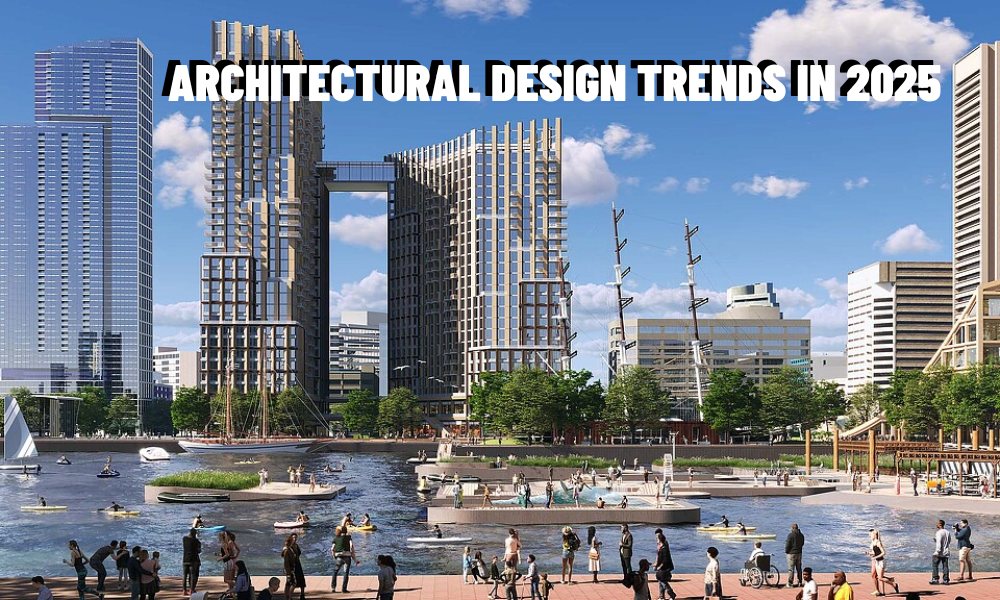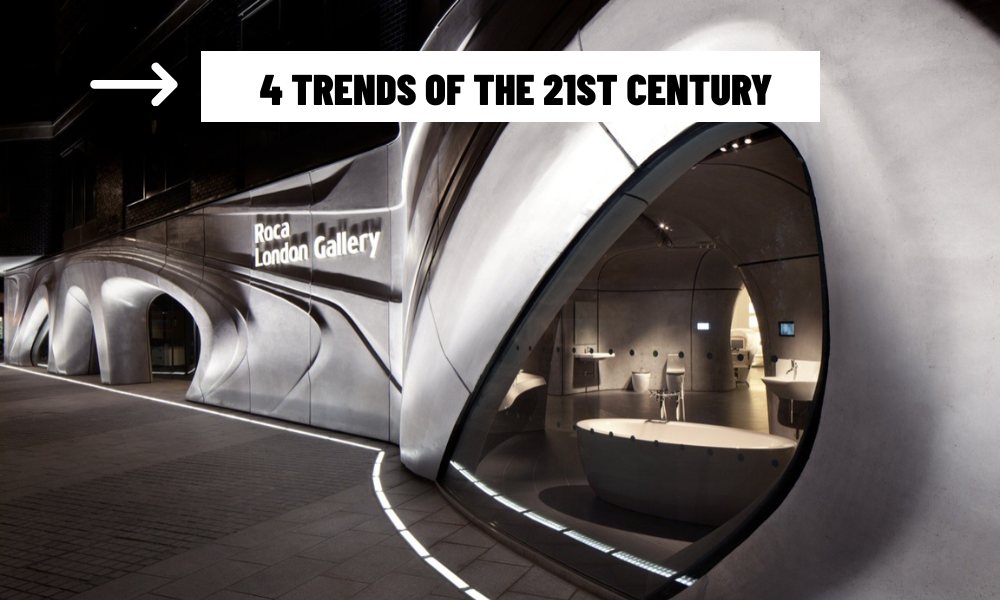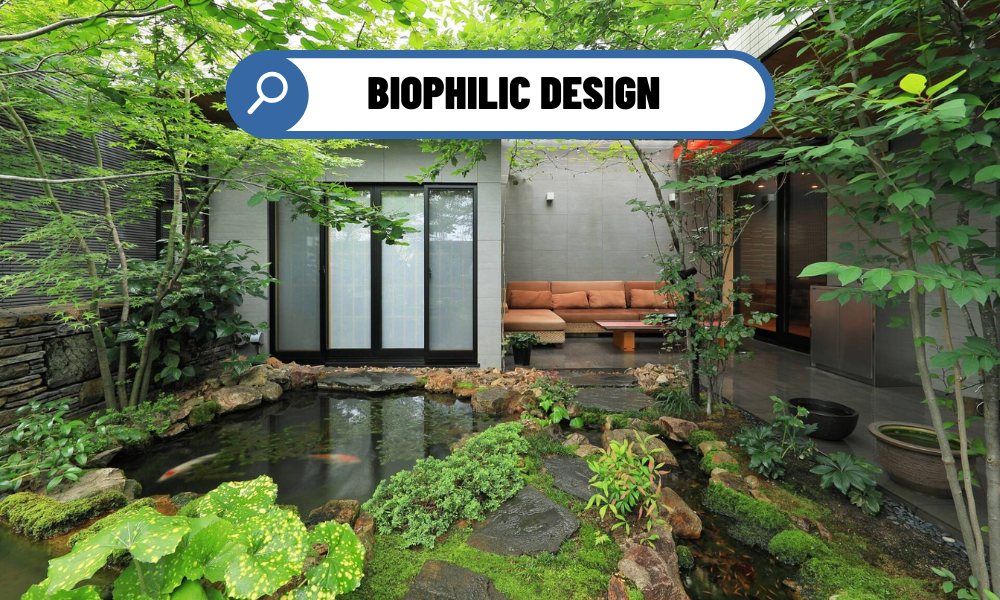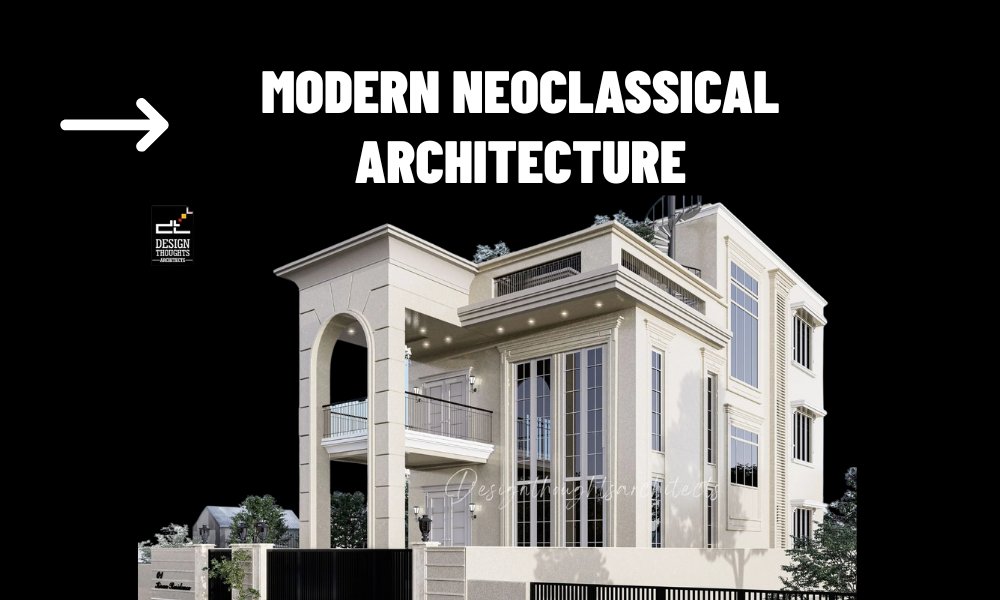The field of architecture is constantly evolving, with emerging technologies, shifting societal needs, and growing environmental concerns influencing the way we design and build. As we approach 2025, several key architectural design trends are beginning to take shape. These trends reflect a broader movement towards sustainability, well-being, and smart living solutions, combining aesthetic innovation with functional, eco-friendly solutions.
Contents
- 1 1. Sustainable and Eco-Friendly Design
- 2 2. Biophilic Design: Nature as a Fundamental Element
- 3 3. Smart Homes and Integrated Technology
- 4 4. Modular and Prefabricated Construction
- 5 5. Minimalism and Functional Design
- 6 6. Circular Design and Waste Reduction
- 7 7. Adaptive Reuse and Renovation
- 8 8. Health and Wellness Architecture
1. Sustainable and Eco-Friendly Design
Sustainability continues to be one of the most significant drivers of architectural innovation. By 2025, eco-friendly design will be even more ingrained in architectural practices, with a focus on creating buildings that not only reduce their environmental impact but also contribute to the well-being of their inhabitants.
Green Building Materials: As the demand for sustainable architecture rises, the use of recycled and locally sourced materials, such as bamboo, reclaimed wood, and recycled steel, will become even more common. These materials help reduce the carbon footprint and promote eco-conscious living.
Energy-Efficient Designs: Building designs that prioritize energy efficiency will be critical. This includes passive solar design, highly insulated facades, and the use of energy-efficient appliances, heating, and cooling systems. Additionally, smart thermostats and automated energy management systems will be increasingly incorporated to optimize energy consumption.
Green Roofs and Vertical Gardens: The integration of nature into architecture is growing. Green roofs and vertical gardens will not only help reduce a building’s energy consumption but also improve air quality and support biodiversity, creating healthier urban environments.


2. Biophilic Design: Nature as a Fundamental Element
Biophilic design — the practice of incorporating natural elements into the built environment — has gained immense popularity in recent years and will continue to shape architectural trends in 2025. As people become more aware of the mental and physical benefits of nature, biophilic principles will be integrated into both residential and commercial spaces in more sophisticated ways.
Maximized Natural Light: Large windows, skylights, and glass walls will be standard features in homes and offices, allowing natural light to flood the space. This helps improve mood, productivity, and overall well-being.
Indoor Plants and Green Spaces: Homes and offices will incorporate more indoor plants, green walls, and nature-inspired décor to mimic the outdoors. These elements not only enhance the aesthetics of the space but also improve air quality and reduce stress.
Seamless Indoor-Outdoor Transitions: Expect to see more fluid transitions between indoor and outdoor living spaces. Sliding glass doors, courtyards, and balconies will blur the boundaries between the inside and outside, promoting natural ventilation and encouraging outdoor activities.
3. Smart Homes and Integrated Technology
As smart home technologies continue to evolve, architectural designs will increasingly integrate advanced digital and automated systems. These homes will not only offer convenience and efficiency but will also enhance the overall living experience.
Home Automation Systems: Expect more homes equipped with comprehensive smart home automation systems that allow residents to control lighting, temperature, security, and entertainment from their smartphones or voice-controlled assistants like Amazon Alexa or Google Home.
Smart Glass and Windows: Smart windows will become a standard feature in modern homes and commercial spaces. These windows can adjust their tint based on sunlight intensity, helping to maintain a comfortable indoor climate and improving energy efficiency.
Sustainable Smart Devices: Smart appliances, such as energy-efficient refrigerators, ovens, and HVAC systems, will be optimized for minimal energy consumption, supporting sustainable living while offering cutting-edge convenience.
4. Modular and Prefabricated Construction
Modular and prefabricated construction will gain even more momentum by 2025. These techniques involve constructing building components off-site in a controlled environment, which are then assembled at the final location. This method offers significant time, cost, and resource savings compared to traditional construction.
Faster Construction: Prefabricated buildings can be assembled much faster than traditional structures, reducing construction time by up to 50%. This is particularly useful for residential and commercial projects that need to be completed on tight schedules.
Cost-Effectiveness: Modular construction significantly lowers labor costs and minimizes waste, making it a more affordable option for both residential and commercial projects.
Flexibility and Scalability: Modular designs allow for flexibility and future expansion. The building components can be added or removed to suit the evolving needs of the owner, making these structures adaptable over time.
5. Minimalism and Functional Design
Minimalist design, which focuses on simplicity, clean lines, and functionality, will remain a dominant trend in 2025. As people become more focused on simplicity and purpose in their lives, minimalist architecture will reflect these values in residential and commercial spaces.
Open Floor Plans: Homes and offices will continue to embrace open layouts, where spaces flow seamlessly into one another. This design choice promotes flexibility, accessibility, and a sense of spaciousness.
Streamlined Aesthetics: Expect to see a reduction in excess ornamentation and a focus on simple, geometric shapes. Neutral color palettes will dominate interiors, with occasional pops of natural materials like wood and stone to provide warmth and texture.
Multi-functional Spaces: In response to the changing needs of homeowners and businesses, rooms will be designed to serve multiple purposes. Think convertible offices, expandable kitchens, or flexible living areas that can easily transition from one function to another.
6. Circular Design and Waste Reduction
The concept of circular design, which focuses on reducing waste and promoting the reuse of materials, is gaining ground in the architectural world. In 2025, expect to see more buildings designed with the circular economy in mind.
Modular Materials: Materials used in construction will be chosen for their ability to be repurposed or recycled. For example, flooring, roofing, and walls may be designed to be easily disassembled and reused or recycled when a building is no longer needed.
Cradle-to-Cradle Design: This approach focuses on designing products and buildings in a way that they can be fully reclaimed and recycled at the end of their lifecycle. Materials will be sourced for their longevity and reusability, creating a more sustainable, closed-loop system.
7. Adaptive Reuse and Renovation
Rather than demolishing old buildings to make way for new ones, adaptive reuse focuses on repurposing existing structures for new uses. This trend will be prominent in urban areas by 2025, as cities face increasing pressure to preserve historical buildings and reduce construction waste.
Repurposed Historic Buildings: Older, underused buildings will be repurposed for modern living or commercial use. Warehouses, factories, and schools will be transformed into residential lofts, co-working spaces, and entertainment venues.
Creative Renovations: Architects will focus on renovating and enhancing existing structures, incorporating modern design elements while maintaining the integrity of the original architecture. This approach reduces the environmental impact associated with demolishing and rebuilding structures.
8. Health and Wellness Architecture
Health and wellness-focused design will continue to gain traction in 2025. With more people recognizing the impact of their environment on their physical and mental health, architects will prioritize design strategies that promote wellness in residential and commercial spaces.
Wellness Spaces: Homes and offices will feature dedicated areas for relaxation and wellness, such as home gyms, meditation rooms, and spa-like bathrooms.
Air and Water Quality Systems: In line with the rise of health-conscious living, more buildings will include systems that monitor and maintain air and water quality, ensuring a healthier indoor environment.
Active Design: The design of buildings will encourage physical activity by incorporating features like staircases that are centrally located, walking paths, or spaces for outdoor fitness activities.

As we approach 2025, the architectural design landscape is rapidly evolving, with sustainability, technological integration, and human-centered design leading the way. The key trends in architectural design for 2025—sustainability, biophilic design, smart homes, modular construction, and wellness architecture—reflect the increasing desire for functional, eco-conscious, and adaptable spaces.
Whether you’re an architect, designer, or homeowner, staying informed about these trends will help you make informed decisions and create buildings that are not only beautiful but also align with the values of the future.


